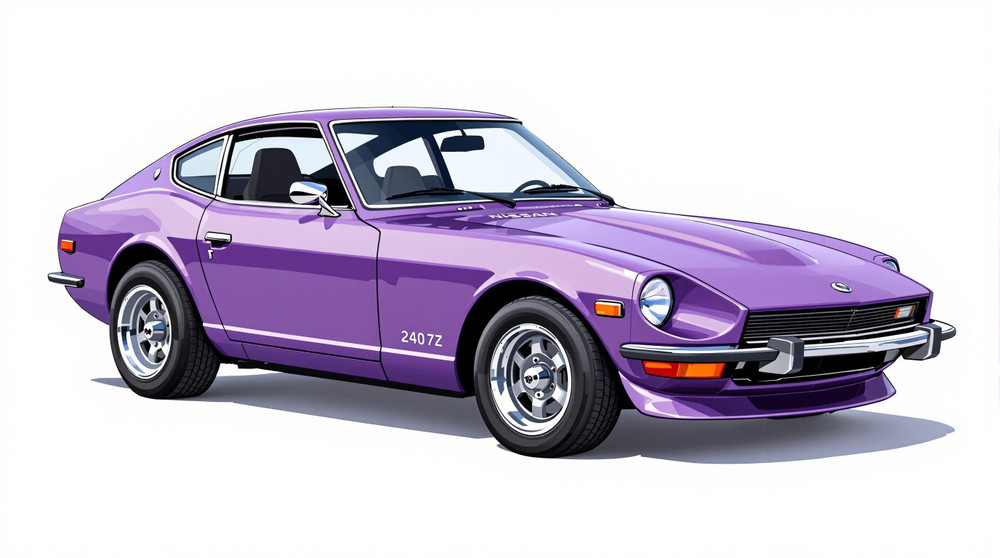Image of 1973 Nissan 240z, Note: These illustrations use artistic license and may differ from actual historical models.
Performance Metrics
Fundamental Metrics
Emotional Appeal
MMP Rating
| Engine Specifications | |
|---|---|
| Engine: | L24 I6 |
| Displacement: | 2.4L |
| Horsepower: | 151 hp |
| Torque: | 146 lb-ft |
| Compression Ratio: | 9.0:1 |
| Ignition System: | Electronic |
| Cooling System: | Water-cooled |
| Performance Specifications | |
| 0-60 Time: | 8 seconds |
| 1/4 Mile Time: | 16 seconds |
| Top Speed: | 125 mph |
| Transmission and Drive | |
| Drive Type: | RWD (Rear Wheel Drive) |
| Transmission Type: | 4-speed manual, 3-speed automatic |
| Fuel and Efficiency | |
| Fuel System Type: | Carburetor |
| MPG: | 21 MPG |
| Dimensions and Brakes | |
| Brakes: | Front Disc, Rear Drum |
| Wheelbase: | 90.7 inches |
| Weight: | 2,355 lbs |
Note: Specifications for classic cars are given to the best of our ability, considering the limited and variant data available.
Unveiling the Icon: The 1973 Nissan 240Z
The 1973 Nissan 240Z is not merely a car; it's a chapter from the annals of automotive excellence, a testament to Japanese engineering and design prowess. Born from the vision of Yutaka Katayama, known as "Mr. K" to enthusiasts, the 240Z was Nissan's answer to the sports cars of the West. It was a vehicle that combined style, performance, and affordability in a way that would forever alter the sports car landscape. Notably, it was during this era that the 240Z achieved victory in the grueling East African Safari Rally, cementing its reputation for reliability and ruggedness.
Design and Innovation: A Blend of Elegance and Functionality
The sleek contours of the 1973 Nissan 240Z's exterior were inspired by European design, yet it possessed a unique flair that set it apart. The long hood and short deck profile exuded a classic sports car aesthetic, while the sugar scoop headlight covers added an exotic touch. Inside, occupants were greeted with a cockpit that prioritized ergonomics without sacrificing elegance. The use of high-quality vinyl and tasteful accents gave the interior a premium feel uncommon in its price range. Technologically, the 240Z featured advanced independent suspension and disc brakes at the front—innovations that provided superior handling and safety. Color options ranged from vibrant hues to subdued tones, with Racing Green and Datsun Red being among the favorites. The most iconic body style was undoubtedly the two-door coupe with its distinctive fastback design.
Historical Significance: A Game Changer in Automotive History
The arrival of the 240Z on American shores heralded a new era for sports cars. It shattered preconceptions about Japanese vehicles being inferior, offering performance that could rival its European counterparts at a fraction of their cost. This democratization of speed and style made it not just a hit among enthusiasts but also an influential force in making sports cars more accessible to a broader audience.
Performance and Handling: The Thrill of Japanese Engineering
Beneath the hood lay an L24 inline-six engine that propelled the 240Z to impressive speeds, with a top speed nearing 125 mph and acceleration from 0-60 mph in roughly 8 seconds—a remarkable feat for its time. The car's handling characteristics were equally praiseworthy; it tackled both smooth tarmac and challenging terrains with poise and agility. Drivers often remarked on the symphony of its engine note—a sound that became synonymous with the joy of driving.
Ownership Experience: More Than Just a Car
For many, owning a '73 240Z was an affair of passion—be it as a daily driver, weekend showpiece, or track contender. Its mechanical simplicity meant maintenance could be handled by amateur mechanics while still offering reliable service. However, like any classic car, it had its quirks which owners came to know intimately over time.
Fun Facts: The Z Car's Legacy
The 1973 Nissan 240Z held numerous accolades including winning international rallies and setting speed records. It also graced various celebrity garages and even made appearances on screen in period films and television shows. Criticisms were few but pointed towards rust issues—a common plight for cars of that era.
Collector's Information: A Coveted Classic
Today, collectors seek out well-preserved or expertly restored examples of the '73 240Z with fervor. While production numbers were significant—with estimates suggesting over 150,000 units built—the number of surviving specimens in pristine condition is far less. Values have steadily appreciated over time with prime models fetching anywhere from $20,000 to well over $50,000 depending on provenance and condition.
Conclusion: The Enduring Appeal of the Nissan 240Z
The legacy of the 1973 Nissan 240Z is one of innovation, performance, and timeless appeal. It bridged worlds—bringing together affordability and desirability in a package that remains as compelling today as it was when it first hit the streets over four decades ago. As we look back on this automotive icon, we're reminded that some legends don't just endure—they thrive.
1973 Nissan 240z Catalog of Parts
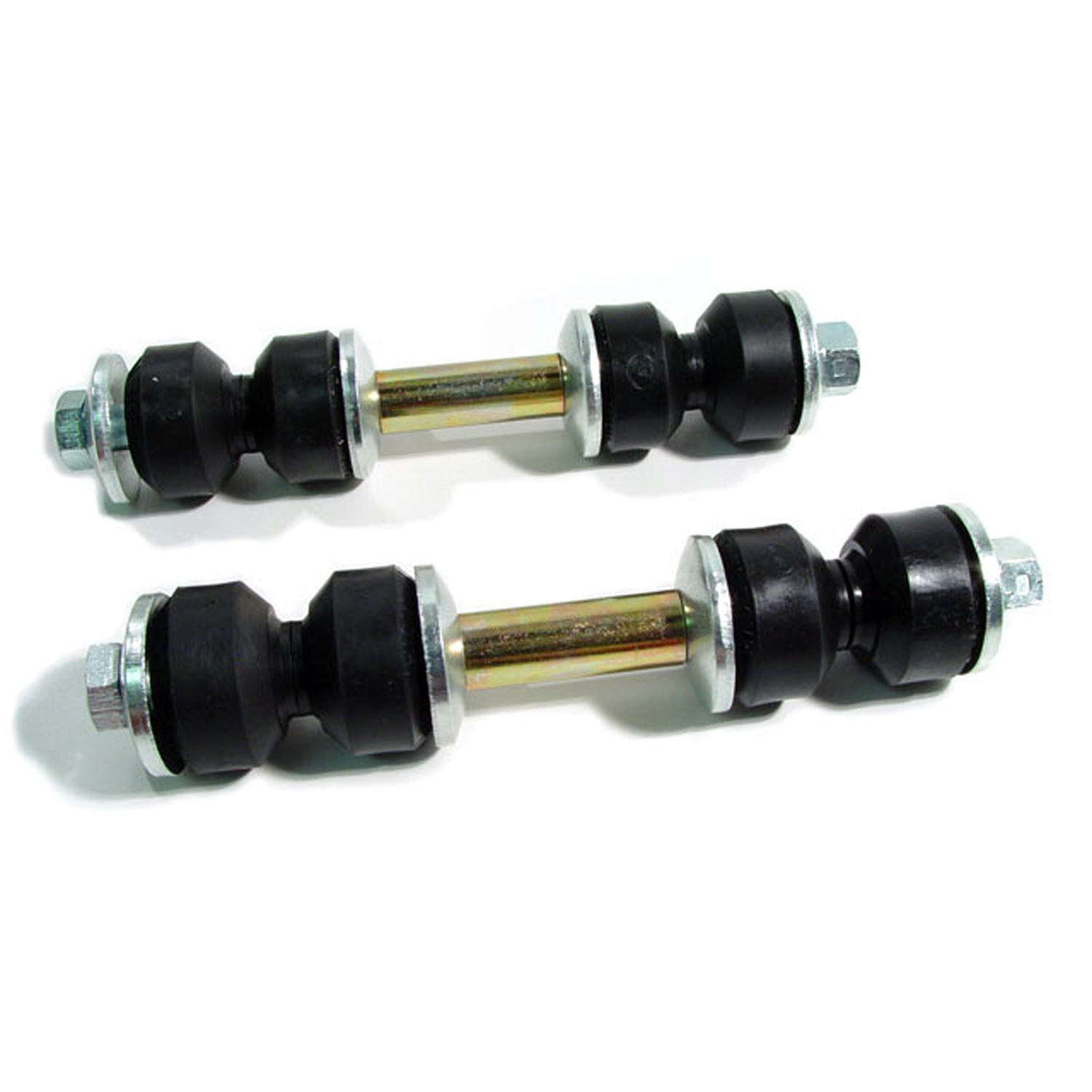 1973 Nissan 240Z Front Stabilizer End Repair Kit-BNK 22Front Stabilizer End Repair Kit. 22-piece set for two stabilizer bars. Contains all rubber bushings, washers, bolts and nuts, enough for one front end. Set
1973 Nissan 240Z Front Stabilizer End Repair Kit-BNK 22Front Stabilizer End Repair Kit. 22-piece set for two stabilizer bars. Contains all rubber bushings, washers, bolts and nuts, enough for one front end. Set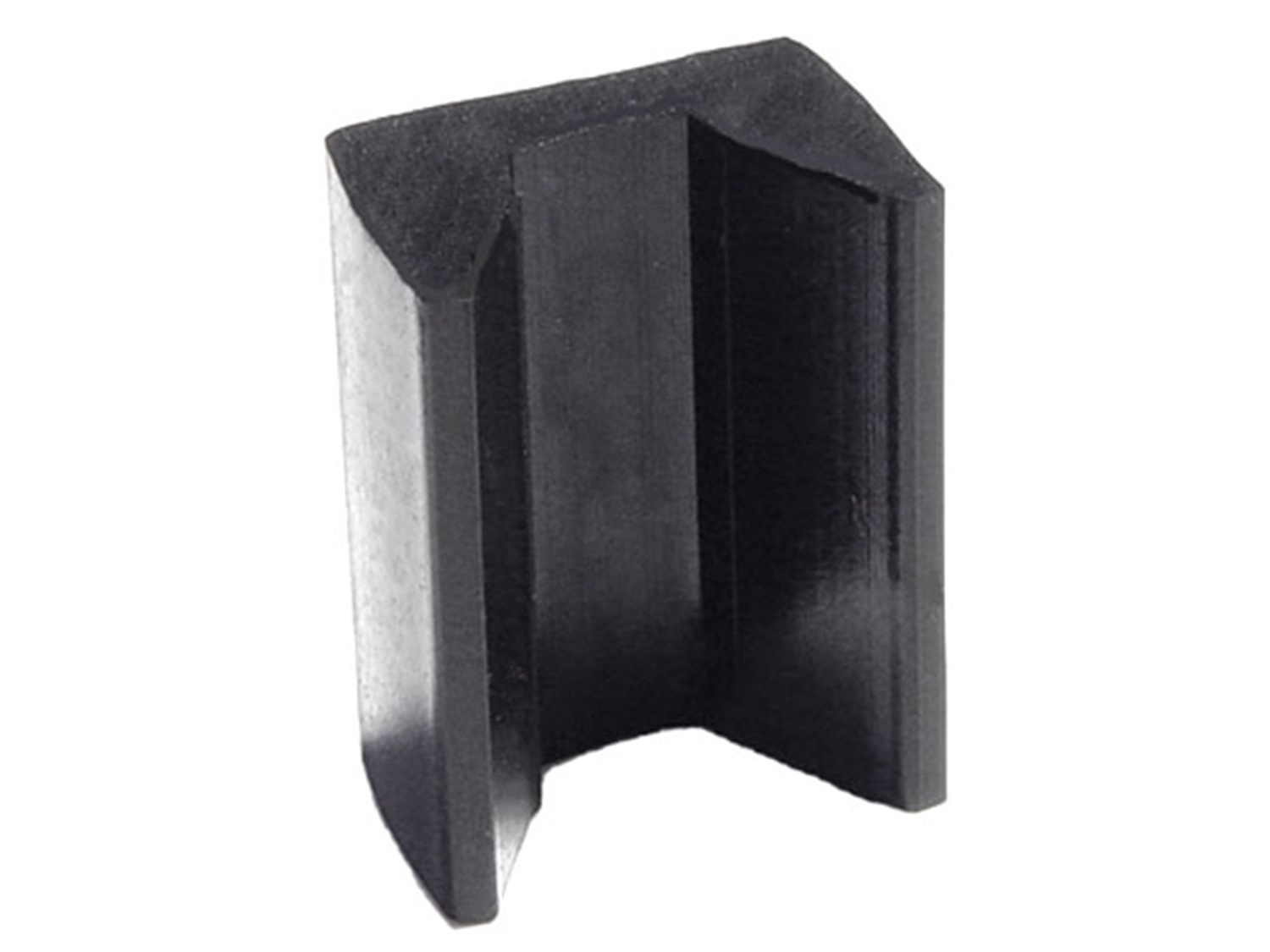 1973 Nissan 240Z Lower Door Glass Bumper fits 70-76 240Z Each-DB 70Lower Door Glass Bumper fits 70-76 240Z Each
1973 Nissan 240Z Lower Door Glass Bumper fits 70-76 240Z Each-DB 70Lower Door Glass Bumper fits 70-76 240Z Each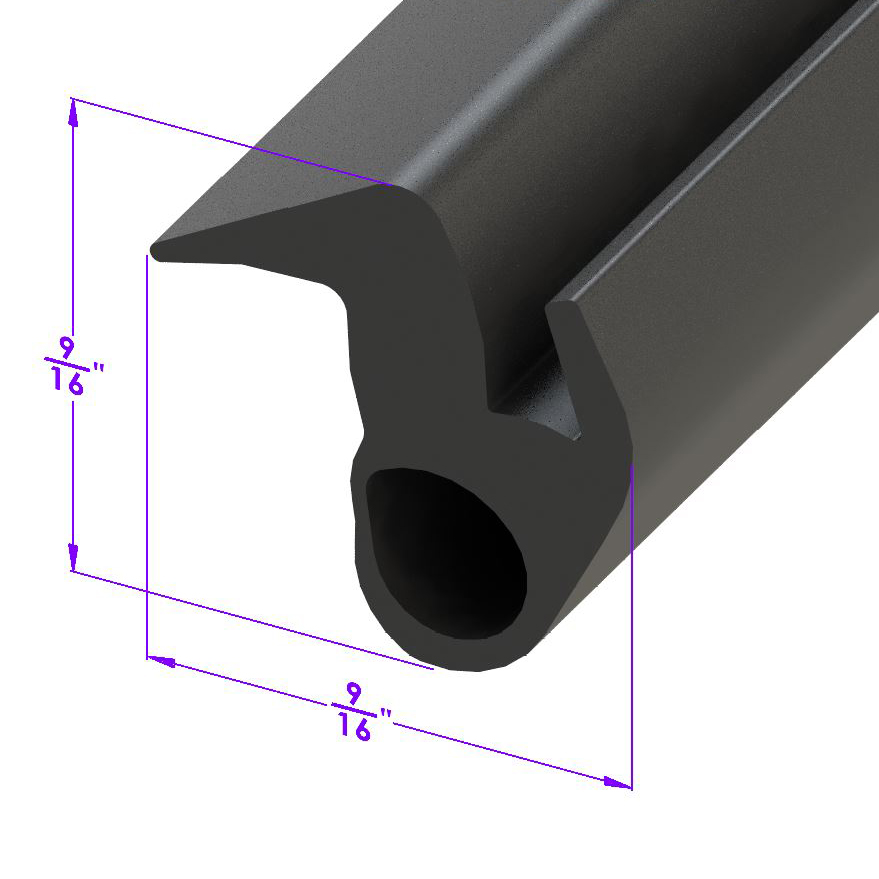 1973 Nissan 240Z Back Hatch Seal. Sold by the foot-LP 103-CBack Hatch Seal. Sold by the foot
1973 Nissan 240Z Back Hatch Seal. Sold by the foot-LP 103-CBack Hatch Seal. Sold by the foot 1973 Nissan 240Z Pinchweld Kit-LPK 203-BPinchweld Kit. 2-Piece kit, 75-1/4" & 48" long, for one door.
1973 Nissan 240Z Pinchweld Kit-LPK 203-BPinchweld Kit. 2-Piece kit, 75-1/4" & 48" long, for one door.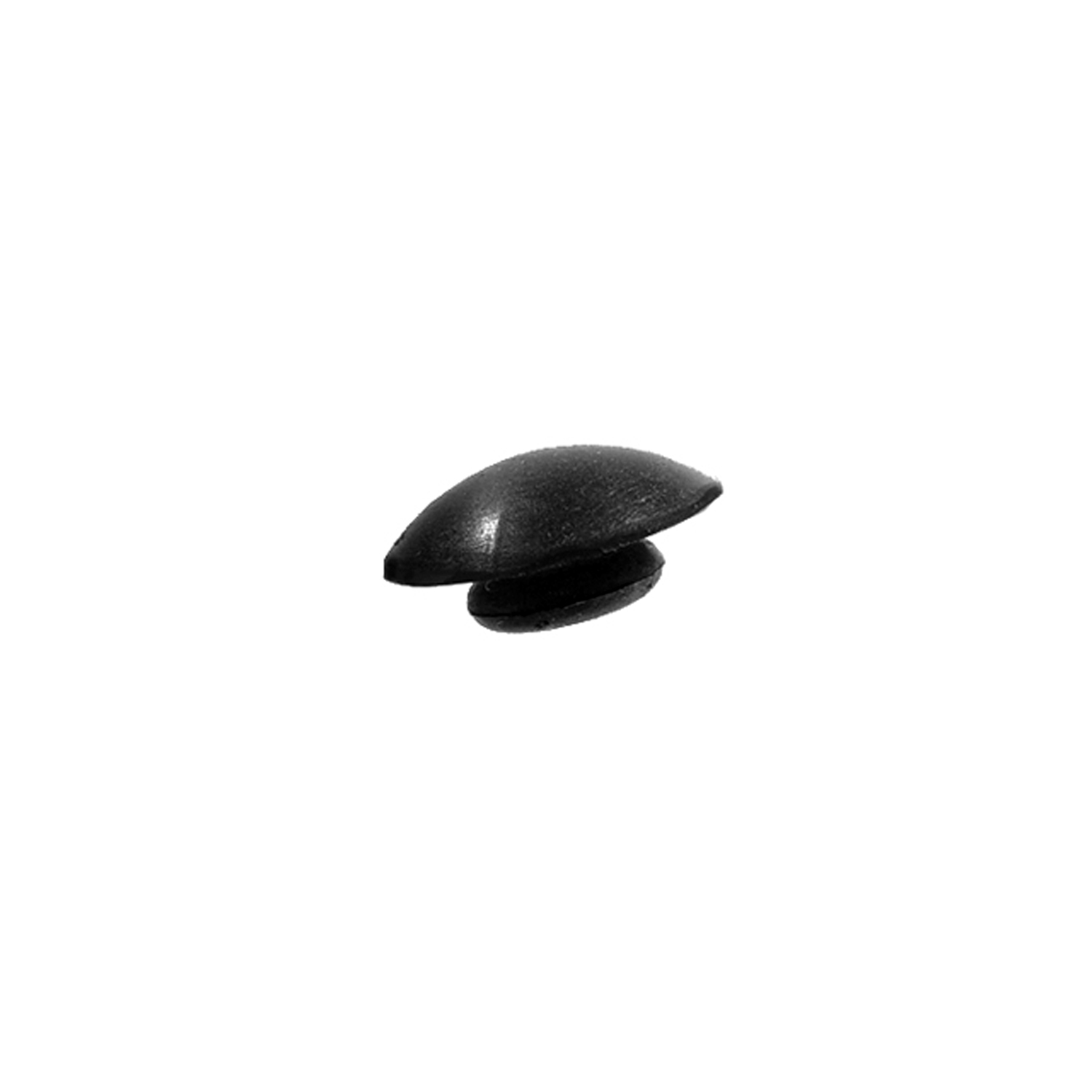 1973 Nissan 240Z Trunk Bumper. Each-SB 95-ATrunk Bumper. Each
1973 Nissan 240Z Trunk Bumper. Each-SB 95-ATrunk Bumper. Each 1973 Nissan 240Z Deck Lid Seal. 9 feet long. Each-TG 20Deck Lid Seal. 9 feet long. Each
1973 Nissan 240Z Deck Lid Seal. 9 feet long. Each-TG 20Deck Lid Seal. 9 feet long. EachWhy Choose Metro?
For over 100 years, Metro Moulded Parts has been the pinnacle of quality in classic car restoration parts. Our commitment to precision and authenticity in every component ensures a perfect fit and an OEM-level appearance.
- Expert Craftsmanship & Quality: Each part is a testament to our dedication to reliability and perfection, crafted from original designs and thoroughly tested.
- Advanced Technology: We use cutting-edge techniques to create flawless, long-lasting parts that surpass others in performance.
- SuperSoft Sponge – The Ultimate Door Seal: Not only are our door seals 30% softer than competitors', but they're also guaranteed to never leak. They effectively reduce wind and road noise, enhancing your classic car's comfort and driving experience.
- Proudly American: Our parts are a product of American craftsmanship, made in the USA with a spirit of excellence and heritage.
- Unrivaled Warranty: We back our products with a 30-year industry-leading warranty, a testament to our confidence in their quality.
Join us in preserving the legacy of classic cars with parts that are crafted for perfection, not just made.

